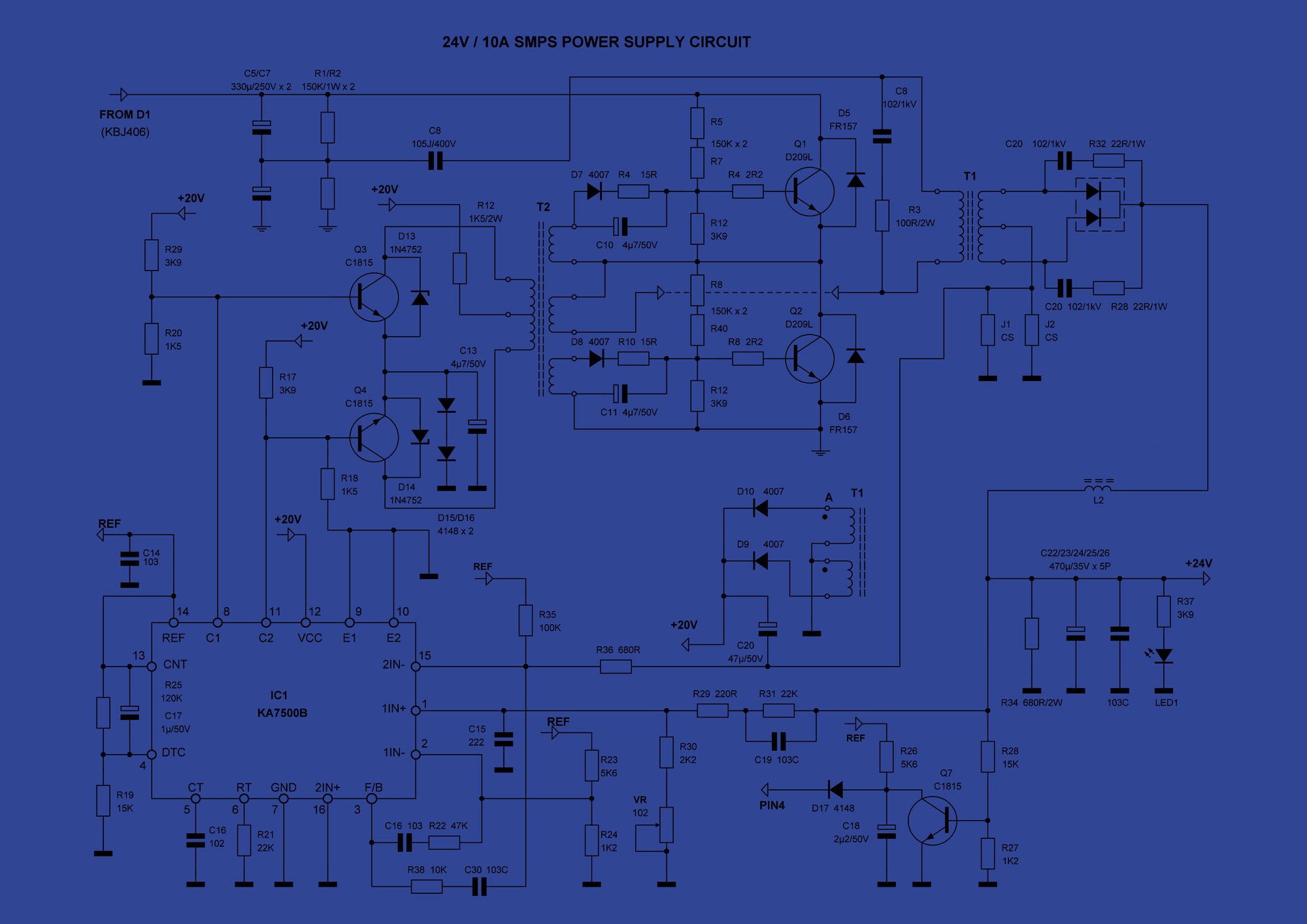

Start Here:
MIL-STD-464: “Electromagnetic Environmental Effects Requirements for Systems”
MIL-STD-464 is the main aerospace/defense document that applies E3 requirements to full systems and platforms.
MIL-STD-464 is an interesting beast, less well known than its counterpart MIL-STD-461. MIL-STD-464 is currently on Rev D and can be officially downloaded for free.
This document is concerned with making sure full systems (aircraft, tanks, etc.) are able to operate safely in regards to all the potential threats from the electromagnetic environment. Testing to MIL-STD-461 is part of making sure that a given component will integrate safely with the larger platform, ensuring electromagnetic compatibility. However, the broader MIL-STD-464 standard has many additional concerns: making sure aircraft are safe when hit by lightning; making sure space RF systems don’t suffer from multipaction; controlling intermodulation products from RF systems installed on naval vessels; making sure that personnel and ordnance isn’t affected by the excess charge picked up by aircraft in flight, and much more. It includes sections on lightning, EMP, RADHAZ, TEMPEST, ESD and several others. So while it is one of the primary sources of EMC requirements on defense and aerospace projects, it encompasses a much broader universe of E3 (electromagnetic environmental effects).
TIP:
As with MIL-STD-461, anyone who takes the extra time to read the appendices will be amply rewarded with context, lessons learned, and additional technical details.
TIP:
It was frustrating to me for a long time that MIL-STD-464 requires testing as verification for Multipaction (relevant to space RF systems), but did not give any hints or pointers to a test standard. AIAA-S-121 does include such a reference, to ECSS-E-20-01A, Space Engineering – Multipaction and Test, European Space Agency (ESA) for the European Cooperation for Space Standardization (ECSS), 5 May 2003.”
TIP:
SMC-S-008 is a good tailoring of all of MIL-STD-464 for defense satellite and launch vehicle applications. This includes multipaction, as I complained about above, lightning, and other EME concerns (not just EMC, as MIL-STD-461 addresses). It is freely publicly available, unlike AIAA-S-121.
MIL-STD-461: “Requirements for the Control of Electromagnetic Interference Characteristics of Subsystems and Equipment”
MIL-STD-461 is one of the core EMC standards, having evolved with military applications since WWII. It is widely used in the aerospace and defense sectors.
MIL-STD-461 is a landmark document in the world of EMC standards, and there are a lot of other standards that derive from this one. The easiest place to find a copy of MIL-STD-461 (free, as most government standards are) is here, or the official site is here. The current edition is Rev G, and the working group for the standard is currently drafting Rev H.
MIL-STD-461 is more of a document that specifies test methods than a strict requirements document, and while it has suggested limits for many of the tests, in most cases those limits should be tailored. For general aerospace and defense projects MIL-STD-464 is the actual requirements document, and the tests in MIL-STD-461 are how you document compliance to the EMC requirements.
TIP:
Tailor, tailor, tailor! Beware of any project that simply tells you to “meet 461”--even accepting 461 as the overarching requirement, tailoring 461 is key for saving testing time and budget and not wasting resources designing to inappropriate or inapplicable requirements. I’ll discuss this more in articles dedicated to each test method.
TIP:
Read the appendices! More than most standards, the committee behind MIL-STD-461 documents background information for every section of the main document. This includes context, lessons learned, and why different changes have been made over time. There’s a wealth of information in there.
TIP:
MIL-STD-461 does not have a requirement to perform testing in a certified lab. While many of the labs that have the equipment needed to perform 461 testing are certified (to ISO, by ANLAB or A2LA, etc), that is not required. Testing in an uncertified lab or your own facility is allowed as long as you can meet the test equipment and test reporting requirements.
